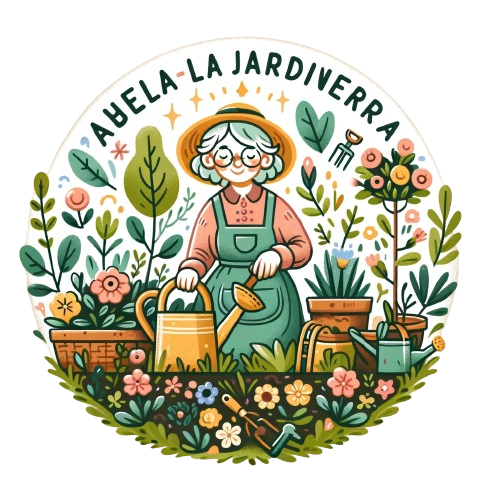Many times, we find true treasures hidden in attics or garden sheds. Rusty nails, nuts, bolts, and similar items are often considered surplus rather than scarce goods. Given the high cost ratio of new materials, it’s often not worth discarding them, but that doesn’t mean they should be relegated to waste. In fact, these objects can play an extraordinary and unusual role, especially if you grow indoor or aquatic plants. Keep reading to discover how to transform these seemingly worthless items into valuable resources for your garden.
- Iron-Enriched Water for Your Plants
Take a simple plastic bottle and fill it with water. Then, place rusty nails inside it. If the bottle holds half a liter, six rusty nails will suffice. Adjust the quantity proportionally for other volumes. Let the nails steep for a few days, shaking occasionally. When the water takes on a dark brown hue, use the nail infusion as fertilizer. Simply spray lightly over the soil every two weeks.
- Iron Fertilization for Aquatic Plants
This trick may not be as new as it seems, having been used by old-time aquarists. Burying some rusty nails at the bottom of the aquarium (properly worn to ensure fish safety) releases iron, nourishing the plants. This results in stronger, healthier, and more beautiful plants. While commercial fertilizers often address this deficiency, if you prefer to avoid chemicals in your aquarium, trying nails can be an interesting option.
- Nutrition with Eggshells for Plants
Sometimes, the issue isn’t a lack of iron but rather calcium. If your indoor or garden plants look discolored and lifeless, eggshells might be the solution. Half a teaspoon of crushed eggshells contains 1000 to 1500 milligrams of calcium, about 90% of the recommended daily intake for humans. To prepare an effective fertilizer, simply dry and crush the shells, mix them into the soil, and incorporate them around the plant roots. One or two teaspoons, depending on the plant’s growth, should suffice.
- Using Tea Bags to Nourish Your Plants
Another kitchen waste that can be utilized is used tea bags. Tea remnants contain tannins and other nutrients, acting as natural soil fertilizers. If you have natural tea bags, you can bury them directly in the soil; however, for artificial ones, it’s best to empty the tea before use. This method benefits plants like roses or geraniums especially.
- Coffee Grounds as Fertilizer
A common and effective practice is using coffee grounds as fertilizer. Rich in nitrogen, potassium, and phosphorus, coffee grounds release these nutrients slowly into the soil as they decompose. This improves soil quality and promotes healthy plant growth. Sprinkle the coffee grounds around the base of your plants and mix them into the soil.
By repurposing these items and kitchen waste, you can create nutrient-rich solutions that benefit your plants and contribute to sustainable gardening practices.

